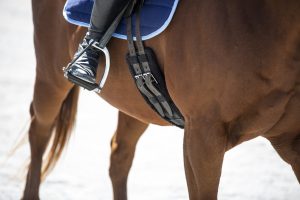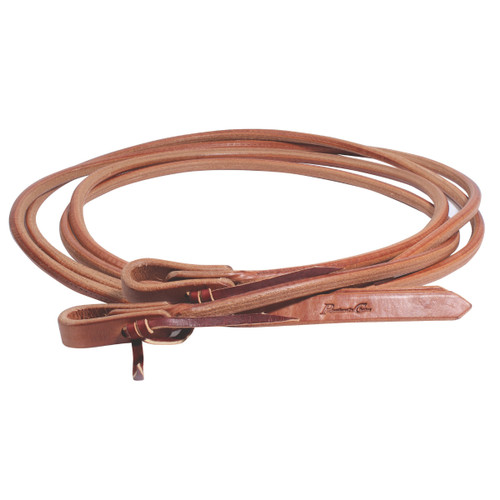Correcting Pawing and Striking Behavior in Your Horse

Pawing and striking are common behavioral issues in horses that can indicate discomfort, frustration, or a need for attention. Understanding the causes and implementing effective correction techniques is essential for maintaining a safe and harmonious relationship with your horse.
Understanding Pawing and Striking
- Pawing: This behavior involves the horse repeatedly scraping the ground with its front hooves. It can be a sign of impatience, boredom, anxiety, or physical discomfort.
- Striking: Striking refers to the horse hitting out with a front leg, often directed at people or other horses. It can be defensive, aggressive, or a response to pain.
Common Causes
| Cause | Description |
|---|---|
| Boredom | Lack of mental stimulation or exercise |
| Anxiety or Stress | Environmental changes or unfamiliar situations |
| Physical Discomfort | Pain from injury, illness, or poor-fitting tack |
| Learned Behavior | Reinforcement of pawing or striking through attention |
Steps to Correct Pawing and Striking
- Identify the Cause: Observe your horse to determine if the behavior is due to pain, stress, or habit.
- Address Physical Needs: Ensure your horse is healthy, comfortable, and properly fitted with tack.
- Increase Exercise and Enrichment: Provide regular turnout, varied activities, and mental stimulation.
- Consistent Training: Use positive reinforcement to reward calm behavior and apply clear boundaries.
- Professional Help: Consult a veterinarian or equine behaviorist if the behavior persists.
Training Techniques
- Redirection: Teach your horse alternative behaviors, such as standing quietly or performing a simple task.
- Desensitization: Gradually expose your horse to triggers in a controlled manner to reduce reactivity.
- Positive Reinforcement: Reward desirable behaviors with treats, praise, or scratches.
FAQ
Q: Is pawing always a bad behavior?
A: Not necessarily. Pawing can be a natural behavior but becomes problematic when excessive or directed aggressively.
Q: Can striking be dangerous?
A: Yes, striking can cause injury to handlers or other horses and should be addressed promptly.
Q: How long does it take to correct these behaviors?
A: Correction time varies depending on the cause and consistency of training, ranging from weeks to months.
Summary
Correcting pawing and striking requires patience, understanding, and consistent management. By identifying the root causes and applying appropriate training methods, you can improve your horse’s behavior and strengthen your bond.
This article structure includes tables for causes, lists for steps and techniques, and an FAQ section to enhance SEO and reader engagement. It is designed to be detailed yet accessible for horse owners seeking practical advice.
